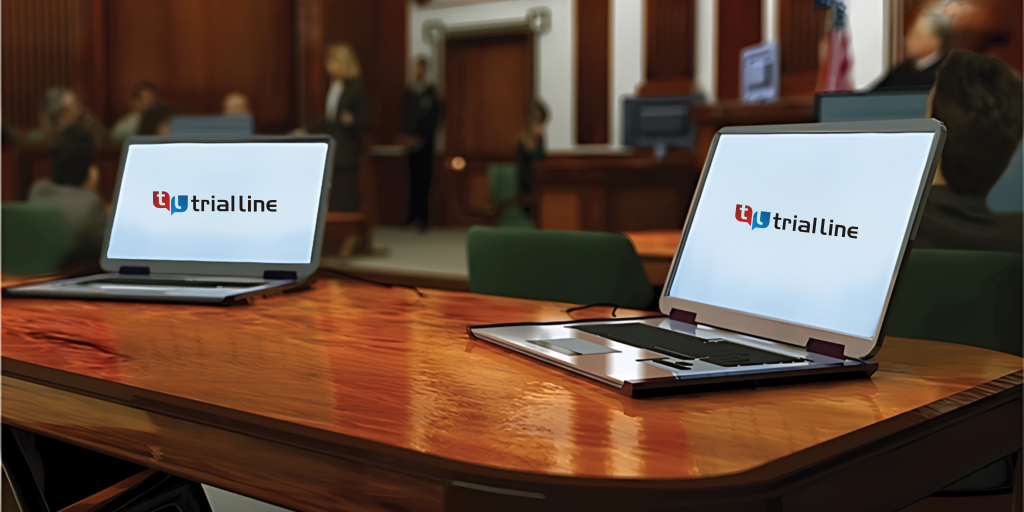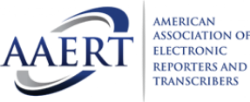How to Perfect the Art of Trial Presentations for Optimal Legal Impact
How to Perfect the Art of Trial Presentations for Optimal Legal Impact
Blog Article
Why Solid Trial Presentations Are Secret to Lawful Success
The relevance of strong trial discussions can not be overstated in the realm of lawful method. The nuances of successfully adapting these presentations to diverse juror backgrounds present complexities that merit more expedition, specifically in the context of achieving desirable results in trials.
Relevance of Efficient Communication
Just how can reliable communication form the end result of a lawful trial? Reliable communication is vital in a legal setting, as it functions as the avenue whereby arguments, evidence, and lawful principles are communicated to judges and courts. Clear expression of truths and legal criteria enables an influential discussion that can significantly affect the decision-making procedure. In the court room, the ability to present complex details in an accessible manner is vital, as jury participants may not possess a lawful history.
Furthermore, efficient interaction promotes connection and trust in between lawyers and their clients, enhancing collaboration and making sure that all celebrations are lined up in their goals. It additionally plays a critical duty in jury choice and interaction, where the capacity to get in touch with jurors can influence their receptiveness to the situation. In addition, non-verbal interaction, such as body language and eye contact, contributes to the general perception a lawyer makes, enhancing spoken messages.
Inevitably, mastering reliable communication can lead to a more engaging and meaningful presentation, boosting the probability of a favorable decision. Hence, lawyers must focus on sharpening their communication skills as a keystone of their test preparation and technique.

Crafting a Compelling Story
Efficient interaction lays the foundation for crafting a compelling narrative in lawful trials. A well-structured story not only involves the jury but additionally clears up complicated lawful issues. The goal is to offer the truths in such a way that reverberates mentally and rationally with the audience, permitting them to comprehend the case from the client's viewpoint.
To attain this, attorneys should identify the main style or message of the situation, which works as the backbone of the narrative. Each piece of proof and witness statement need to be woven into this motif, reinforcing it rather than taking away from it. This produces a cohesive storyline that is very easy for the jury to comply with.
Furthermore, using relatable personalities-- be it the complainant, offender, or key witnesses-- can humanize the instance, making it much more memorable. Attorneys should likewise take into consideration the pacing of their story, guaranteeing that defining moments are highlighted which the tale unravels in a sensible progression.
Eventually, an engaging narrative changes the discussion of facts into a convincing disagreement, guiding the jury towards a beneficial conclusion while making sure that the complexities of the legal system remain available and understandable.
Using Aesthetic Aids
Aesthetic help play a crucial duty in improving the comprehension and retention of details during legal trials. By providing intricate information and disagreements visually, attorneys can streamline complex information, making them a lot more obtainable to jurors. Graphes, charts, and pictures can efficiently illustrate key factors, making it possible for jurors to realize vital realities rapidly.
Using aesthetic help not just aids in clearness yet also involves the audience's interest. Jurors are most likely to bear in mind info provided visually than via spoken descriptions alone. As an example, showing timelines via graphes can clear up the sequence of events, aiding jurors recognize the context of the case.
Furthermore, visual help can assist to highlight disparities in evidence, making them a lot more obvious. When used strategically, they can underscore the toughness of the argument or subject weak points in the opposing side's instance. trial presentations. The usage of modern technology, such as interactive discussions or computer animations, can additionally boost involvement and understanding
Engaging the Jury Psychologically
Often, successful test presentations require greater than just rational disagreements and factual proof; they should also resonate on a psychological level with jurors. Involving the jury mentally can considerably influence their assumption of the instance and their ultimate judgment. By crafting a narrative that humanizes the parties entailed, lawyers can create an emotional connection that encourages jurors to understand with the customers' experiences.
To achieve this, attorneys need to concentrate on storytelling methods that highlight the personal stakes and real-life ramifications of the case. This might involve sharing poignant stories or using effective visuals that evoke sensations of concern, anger, or unhappiness. Such elements can aid jurors see beyond the legal complexities and understand the human dimensions of the scenario.
Furthermore, the usage of tone, body language, and eye contact throughout the presentation can better boost emotional engagement. A lawyer's credibility and passion can reverberate straight from the source with jurors, making them more receptive to the arguments existing. Eventually, when jurors really feel emotionally spent in a case, they are most likely to bear in mind the essential messages and supply a desirable verdict. Therefore, psychological engagement is an essential component of an engaging test discussion.
Adjusting to Target Market Expectations
Recognizing the expectations of the court is necessary for a successful trial presentation. Jurors included presumptions affected by personal experiences and societal narratives, which can significantly impact their decision-making. Thus, tailoring your presentation to line up with these expectations can enhance your convincing power.

In addition, developing integrity is extremely important. Jurors expect lawyers to present proof click now and arguments that are not only engaging but additionally fairly appear - trial presentations. This includes being clear about the toughness and weak points of your instance, which promotes trust and regard
Finally, anticipate jurors' inquiries a knockout post and concerns. Addressing potential uncertainties proactively demonstrates an understanding of their point of view and a commitment to clearness. By adapting your presentation to fulfill audience expectations, you create a more compelling story, ultimately boosting the chances of a desirable judgment.

Final Thought
In final thought, solid trial presentations are extremely important to achieving legal success. Grasping the art of test presentation is important for lawful experts aiming to secure desirable results.
Report this page